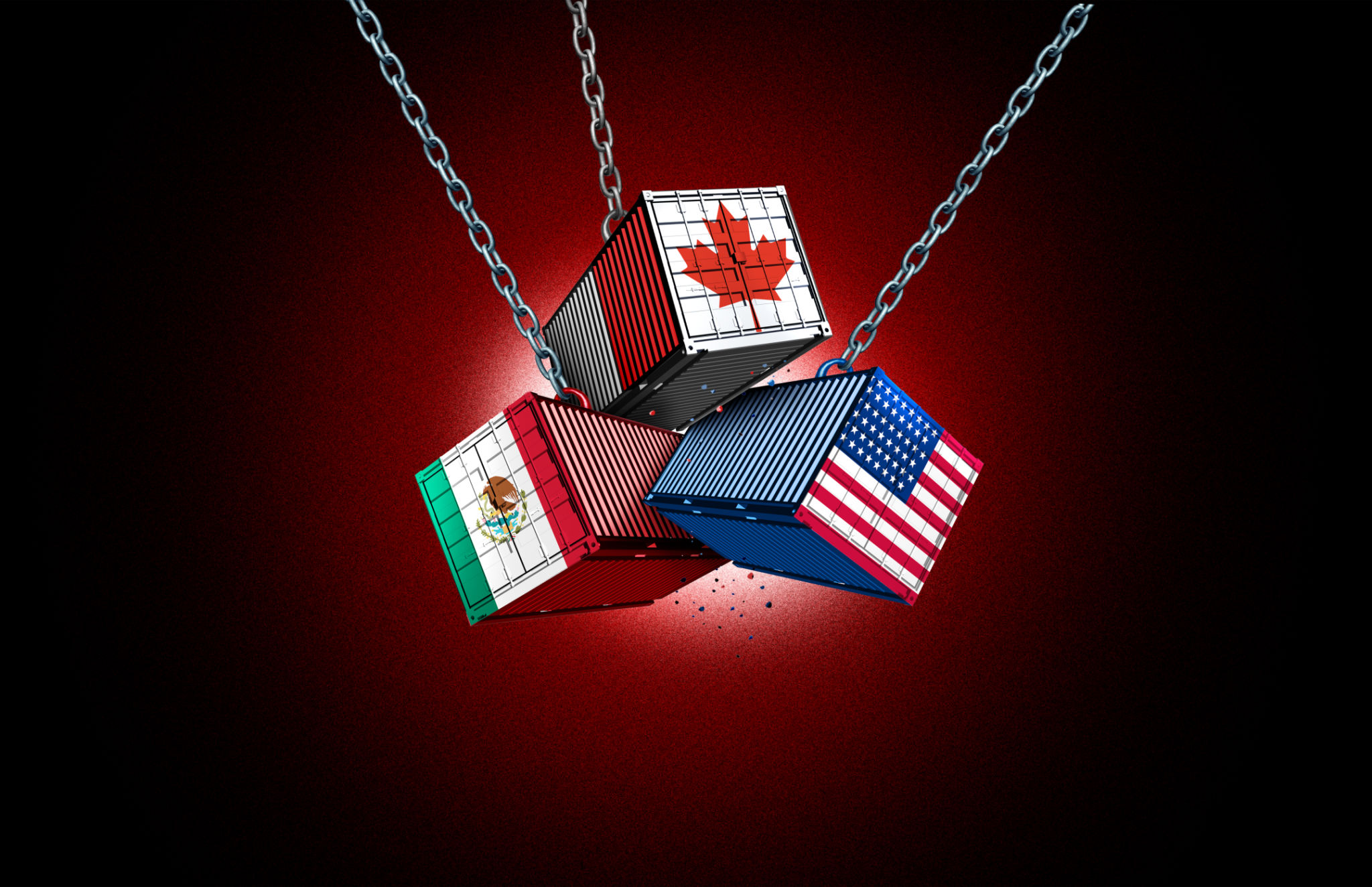Comparing Brazilian and American Beef in Asian Markets: What Exporters Need to Know
Introduction to Brazilian and American Beef in Asian Markets
As the demand for beef continues to rise in Asia, particularly in countries like China, Japan, and South Korea, exporters are keenly observing the dynamics between Brazilian and American beef. Each has its unique advantages and challenges, making it crucial for exporters to understand these differences to effectively penetrate Asian markets.

Quality and Taste Preferences
One of the primary factors that influence consumer choice is the quality and taste of beef. American beef is often praised for its marbling, which contributes to a tender and flavorful experience. This is primarily due to the use of grain-fed cattle. On the other hand, Brazilian beef is known for its leaner cuts, which are typically derived from grass-fed cattle, offering a different texture and taste profile.
Understanding these preferences is key for exporters. While some Asian consumers prefer the rich taste of marbled beef, others may opt for leaner cuts due to dietary considerations or personal taste. Thus, offering a variety of options can be a strategic advantage.
Price Competitiveness
Price plays a significant role in determining the success of beef exports in Asia. Generally, Brazilian beef tends to be more affordable due to lower production costs, making it a popular choice among price-sensitive consumers. In contrast, American beef is often seen as a premium product, with prices reflecting its high-quality standards and production processes.

Exporters need to consider the economic landscape of their target markets. In regions where price sensitivity is high, Brazilian beef might have an edge. However, in upscale markets where consumers are willing to pay more for quality, American beef can capture a larger share.
Regulatory Standards and Trade Agreements
Another critical aspect for exporters is navigating the complex web of regulatory standards and trade agreements. Both Brazilian and American beef must adhere to stringent safety and quality regulations specific to each Asian country. Understanding these regulations is paramount to ensuring smooth market entry and avoiding costly delays or rejections at customs.
Furthermore, trade agreements can significantly impact market access. For instance, favorable tariffs or quota agreements can make one country's beef more attractive than the other. Exporters should stay informed about current trade policies to leverage opportunities effectively.

Marketing Strategies for Success
To successfully market Brazilian and American beef in Asia, exporters need to adopt well-rounded strategies. Highlighting unique selling points such as nutritional benefits, quality certifications, and sustainability practices can help differentiate their products from competitors.
Additionally, engaging with local influencers and chefs can enhance brand credibility and consumer trust. Tailoring marketing campaigns to resonate with cultural preferences and consumer trends will further boost visibility and acceptance in these diverse markets.
Conclusion
The competition between Brazilian and American beef in Asian markets presents both challenges and opportunities for exporters. By understanding consumer preferences, pricing dynamics, regulatory standards, and effective marketing strategies, exporters can make informed decisions that align with their business goals. Ultimately, a comprehensive approach that considers all these factors will yield the best results in capturing the lucrative Asian beef market.
